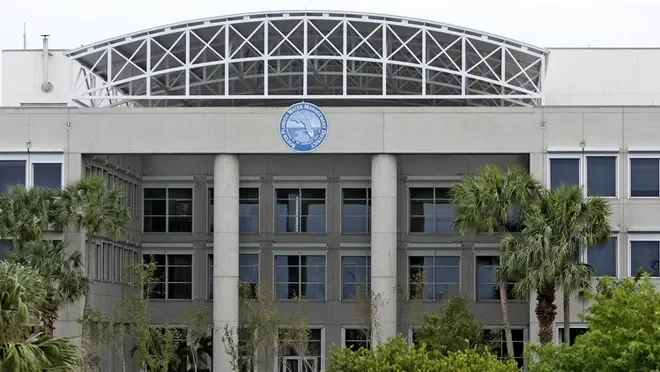Preparing a Drainage Statement for Miami-Dade County
For most development projects in Miami-Dade County, a Drainage Statement is a required component of the civil engineering submittal package.
This technical document summarizes how a site will handle stormwater runoff and demonstrates compliance with county drainage and flood protection standards.
Whether your project is residential, commercial, or industrial, submitting a complete and accurate drainage statement helps expedite permit review and avoid costly redesigns.
What Is a Drainage Statement?
A Drainage Statement is a concise engineering report — typically 2 to 4 pages — that provides key data on how a proposed development will manage stormwater.
Unlike a full drainage report (required for large-scale projects), this document focuses on simplified calculations and qualitative assessments for smaller sites.
It’s typically required for:
Commercial redevelopments under 1 acre
Residential infill or small subdivision projects
Utility or parking lot improvements
For larger or regional drainage designs, see:
How to Submit a Drainage Report to SFWMD
Key Components of a Miami-Dade Drainage Statement
| Section | Description | Key Data |
|---|---|---|
| Project Overview | Summarizes project location, land use, and parcel area. | Property address, folio number, and zoning classification. |
| Existing Conditions | Describes current drainage patterns and discharge points. | Topographic elevations, soil types, and offsite connections. |
| Proposed Improvements | Identifies new impervious areas and stormwater systems. | Driveways, parking, roof areas, and onsite ponds or wells. |
| Storm Event Design | Defines the rainfall intensity and design criteria used. | 10-year / 1-hour event per Miami-Dade Drainage Manual. |
| Hydraulic Calculations | Provides simplified runoff or pond storage calculations. | Pre- and post-development runoff rates (C, I, A values). |
| Floodplain and Outfall Info | Verifies FEMA flood zone and downstream capacity. | Flood Zone map reference and nearby outfall elevation. |
| Conclusion | Certifies compliance with Miami-Dade stormwater requirements. | Signed and sealed by a Florida PE. |
Miami-Dade Drainage Criteria
All drainage statements must follow the Miami-Dade County Public Works Drainage Manual, which sets the design and discharge requirements for development sites.
Some key criteria include:
Design storm: 10-year, 1-hour rainfall (3.5 inches).
Retention requirement: ½ inch over the entire site.
Outfall discharge: Must not exceed pre-development conditions.
Dry wells and percolation systems must be tested per approved methods.
For reference, the official design standards are available on the Miami-Dade County Public Works website.
Submittal Process
Prepare the drainage statement — Include calculations, plan references, and maps.
Seal and sign the document — Required from a licensed professional engineer.
Submit through the county’s ePermitting Portal — Attach with civil site plans and supporting documents.
Address reviewer comments — Expect drainage reviewers to verify consistency with grading and utility plans.
To learn more about submission workflows, see:
Typical Permit Review Timeline in Miami-Dade.
Common Mistakes to Avoid
Using regional (SFWMD) storm events instead of local Miami-Dade criteria.
Forgetting to include FEMA Flood Zone map and elevation references.
Inconsistencies between plan contours and runoff flow directions.
Omitting signature and seal from the professional engineer.
Submitting outdated versions of the drainage manual’s forms.
A quick internal QA check before uploading ensures the statement passes review the first time.
Conclusion
A well-prepared drainage statement not only meets Miami-Dade County requirements but also demonstrates proactive engineering design and attention to flood protection.
At RSP Engineers, we develop clear, concise drainage statements that align with local code, streamline review, and minimize permit turnaround times.
FAQs
-
For small-scale developments where a full stormwater report is not warranted.
-
No. It must be signed and sealed by a licensed Florida professional engineer.
-
Yes — soil testing is mandatory to verify infiltration rates.
-
Yes — all impervious improvements must provide some form of retention or treatment.
Partnering With Florida Developers for Drainage Compliance
At RSP Engineers, we assist developers, architects, and contractors across Miami-Dade County with drainage statements, hydrologic modeling, and full stormwater design — ensuring every project meets county and state stormwater requirements.











